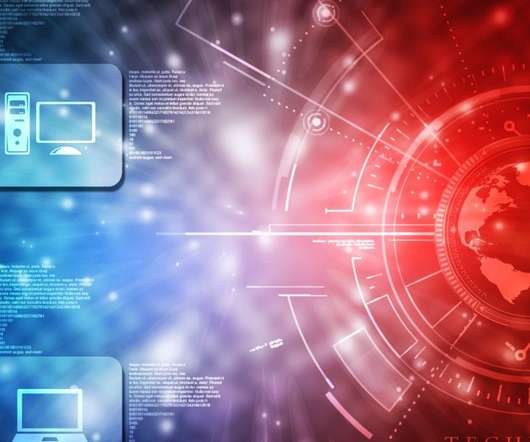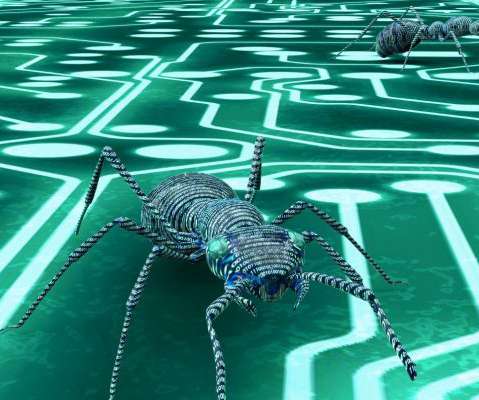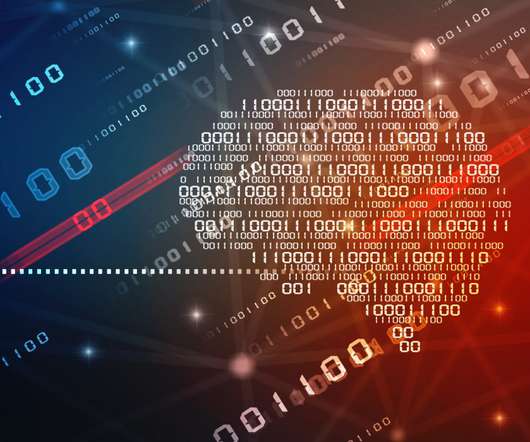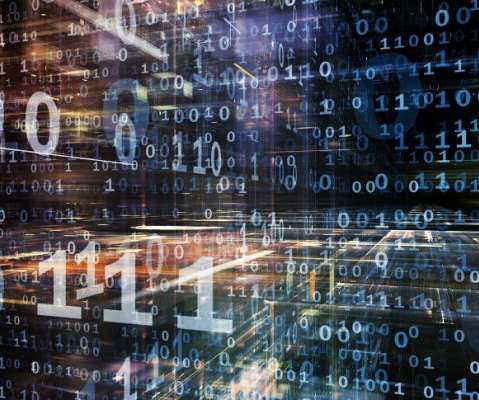IT threat evolution Q1 2021. Non-mobile statistics
SecureList
MAY 31, 2021
Attempts to run malware designed to steal money via online access to bank accounts were stopped on the computers of 118,099 users. At the end of last year, the number of users attacked by malware designed to steal money from bank accounts gradually decreased, a trend that continued in Q1 2021. Top 10 banking malware families.




















Let's personalize your content